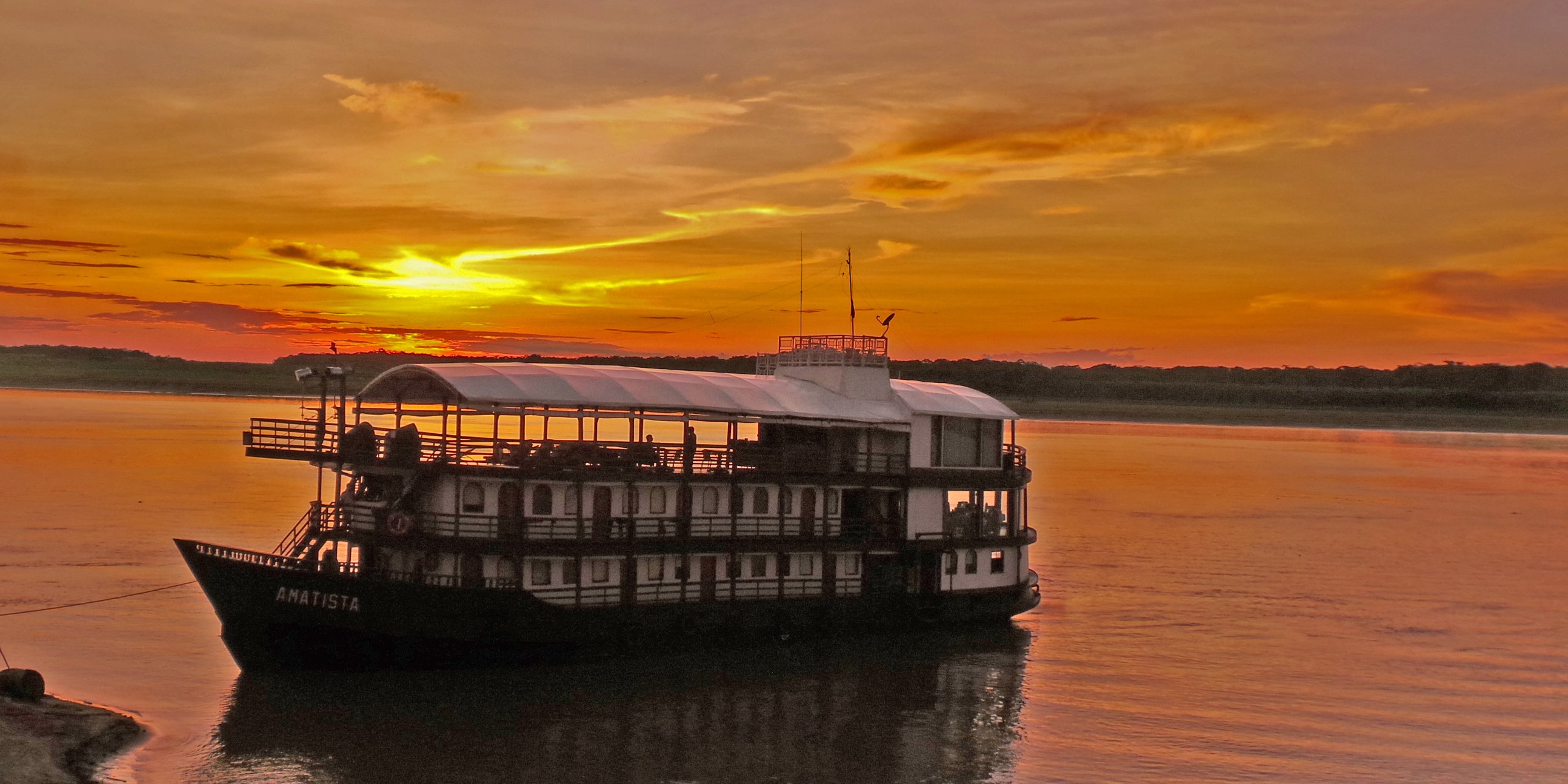
I recently returned from a G Adventures river cruise in the Peruvian Amazon. While I enjoyed the trip immensely, there were some things I learned that you might want to consider before you pack your bags and head off for your jungle adventure. Namely:
1. You should budget for vaccinations
I highly recommend visiting a travel clinic well before you plunk down your deposit. My buddy, Tom, whose adventures are covered in my blog (shameless plug), said, “If I knew all the potential diseases that exist in the part of the world and all the shots I had to get before I paid my deposit I’m not sure I would have gone.” (Spoiler alert: Tom survived).
Here’s what I spent on my health for the trip:
- Yellow Fever (mandatory) — $120
- Hepatitis A and B (advised) — $85
- Typhoid (advised) — $50
- Tetanus (advised) — $45
- Dukoral (optional) — $90
- Anti-malaria (15 pills for seven days in the Amazon area; optional) — $105
- Travel clinic consultation — $40
Total: $535!
When the dust clears, you’ll have likely spent north of $500 on shots and medications—something to think about when you’re budgeting for the trip. The good news is that most of these shots are a one-time thing. Once you’ve had them, they’re good for at least ten years and some may be covered by your health plan.
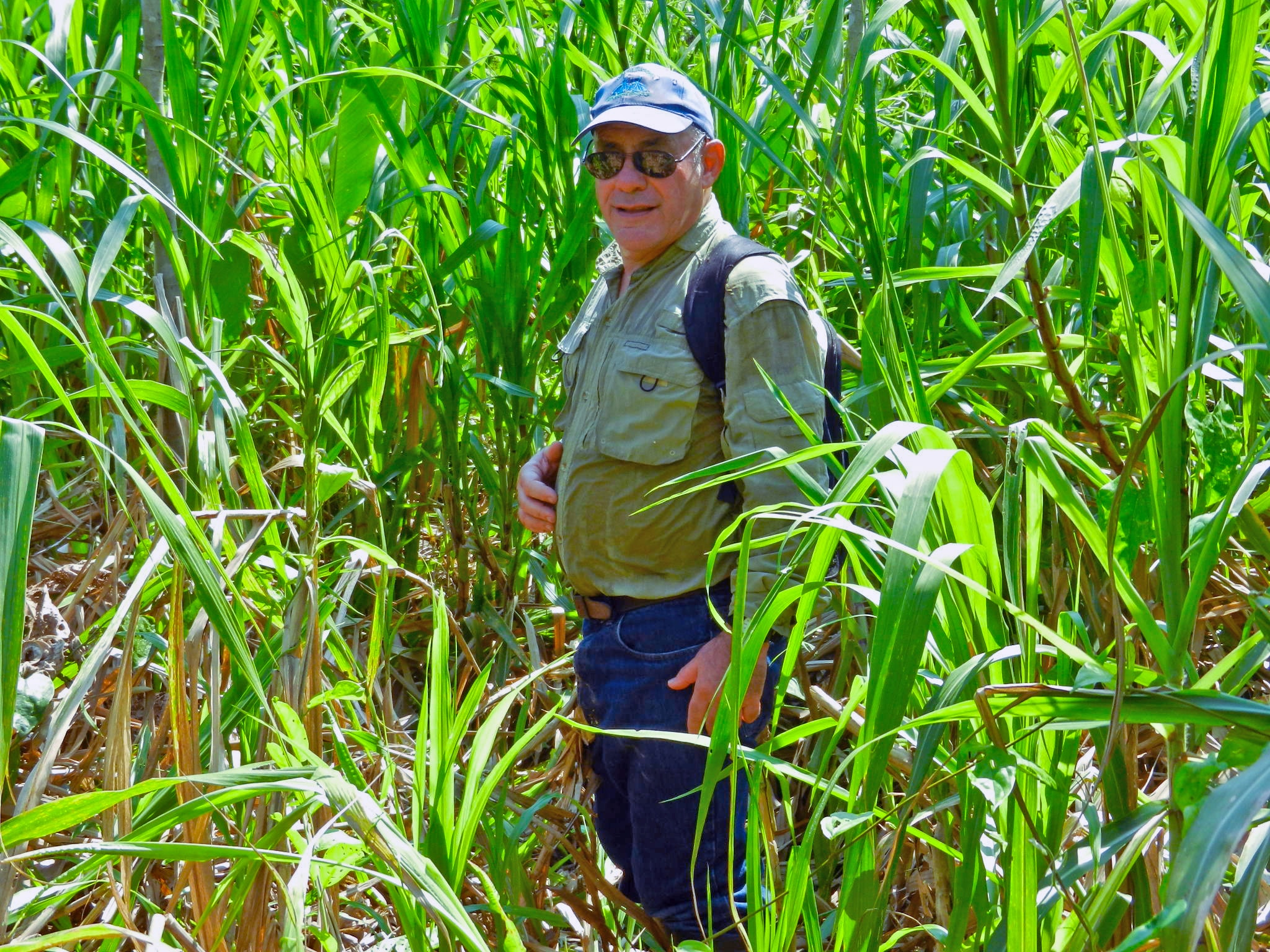
I highly recommend taking Dukoral, which is highly effective in protecting your stomach from the common forms of diarrhea and cholera. On my recent trip, those of us who took the oral vaccine experienced no or very minor events. Those who didn’t—well, let’s just say they’ll definitely be taking it on their next trip.
There is a “low” risk of contracting malaria in some of the areas we were visiting the dry season. Along with the majority of our group, I decided not to gamble and take anti-malaria tablets. I should point out that some pharmacies do stock the generic brand (same ingredients as Malarone) at a significantly lower price, so ask your pharmacist about that.
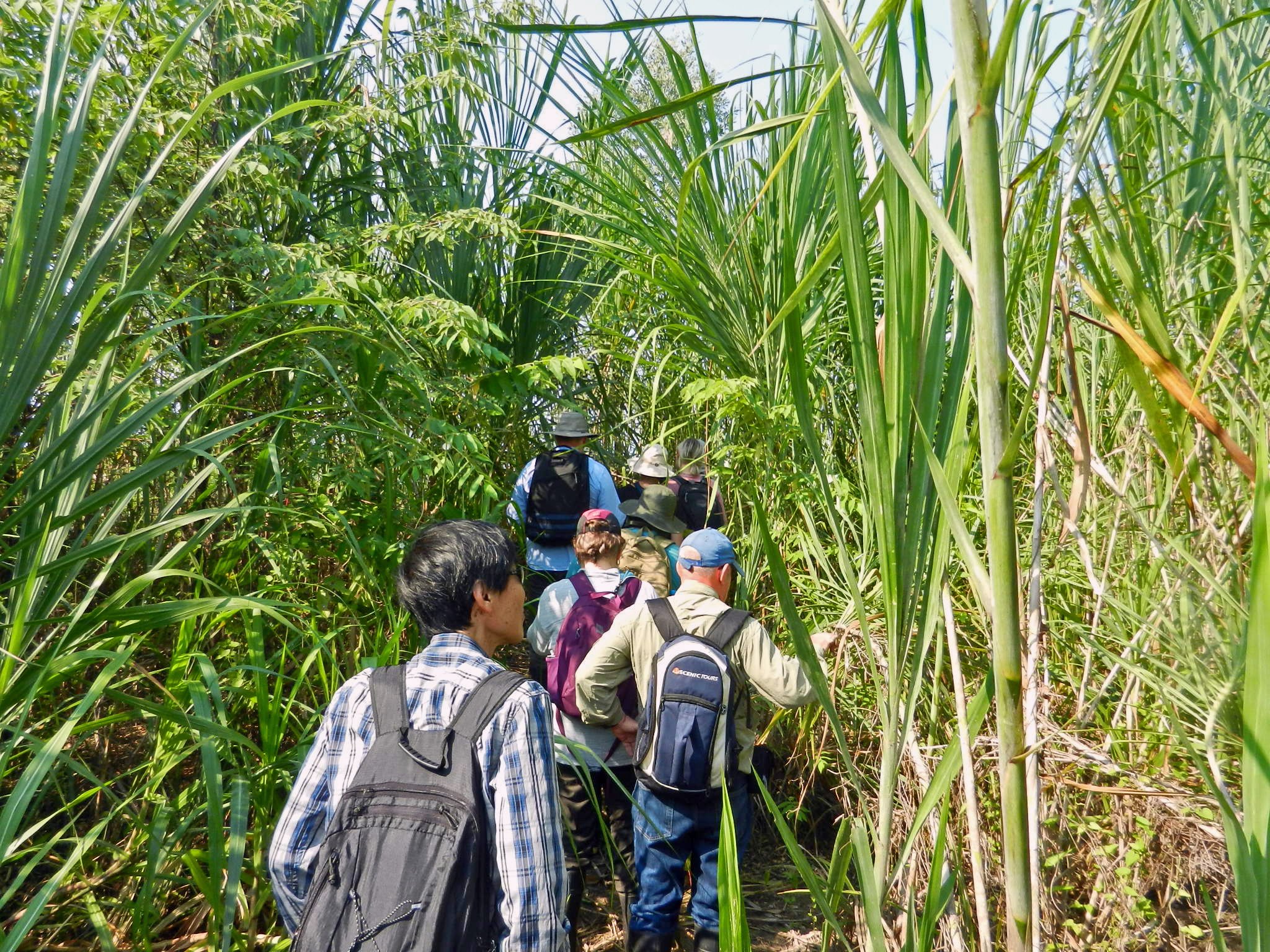
2. Bring good repellant
And of course, there are the diseases there are NO vaccines for: namely Dengue fever, and the Zika virus. The best way to prevent these is with a decent mosquito repellent. I used a product called Ben’s and it contains 30% Deet. This stuff is also effective against sand fleas.

3. Insurance may come in handy
Many tour companies insist on you providing proof of coverage before embarking on your trip. What is not mandatory is purchasing trip cancellation/trip interruption insurance. This covers you if you have to cancel your trip before you leave. It also covers trip interruption and baggage loss—which is more common than you might think—particularly when you’re traveling in the boonies and on smaller, less reliable airlines.

4. You should build in time before your tour
Build in a day or so of time between your flights and tours, and most of all plan to arrive a day before your tour begins. Flights get cancelled all the time, either because of weather or a scheduling whim.
5. It’s a long trip to Lima
The flight from the Pacific Northwest is a good 14 hours, or eight hours from Toronto (direct). That doesn’t include the time spent at the airport(s). I like to build in a layover to break up the trip and explore bonus lands—if possible in a connection city.
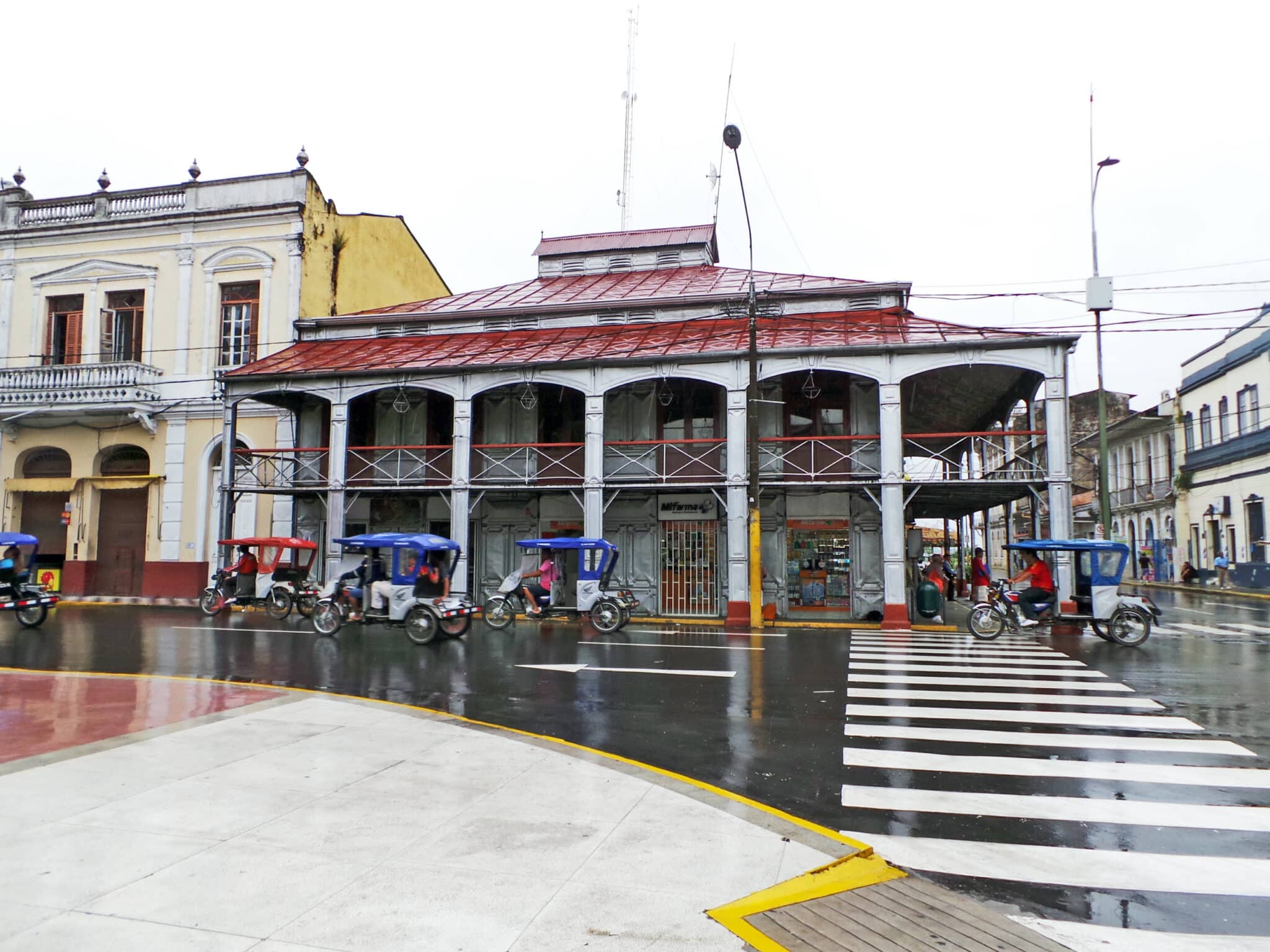
6. The national currency in Peru is the Sol and…
I highly recommend getting your money out of the ATMs either at a Peruvian bank or at the airport. It’s important to change your money before you leave Lima for the Amazon. Once you leave the airport in Iquitos you won’t see another ATM or bank until you return. Be aware that there is about a 15 Sol charge at all the ATM machines, regardless of the amount you take out.
The machines only let you take out about three to four hundred Sol (around $100) at a time, so you might want to take a couple of different bank cards in case the Peruvian ATMs don’t like one of them. Make sure you let your bank know you’re traveling so they don’t lock your account when they see foreign transactions. Also if you try to exchange your money at the currency exchange at the airport, you’ll get hosed big time.
US Dollars are acceptable in some parts, but when you visit small villages (i.e. anyplace other than Iquitos in the Amazon) you’ll find they only accept Sol. The reason is that it’s difficult for the locals to exchange dollars for local currency they use in their everyday lives. Try to keep a fair amount of Sol in smaller denominations (less than a hundred) for local craft fairs as the sellers often don’t have change.
7. Your money must not be torn
One other thing you should know about the Sol—and it’s important—is that Peruvians are absolutely fanatic about the condition of bills, especially foreign currency. If there is the slightest rip or tear in the bills you’re offering, they will be refused. There is a lot of counterfeiting in Peru and so all the venders examine bills carefully. So should you.
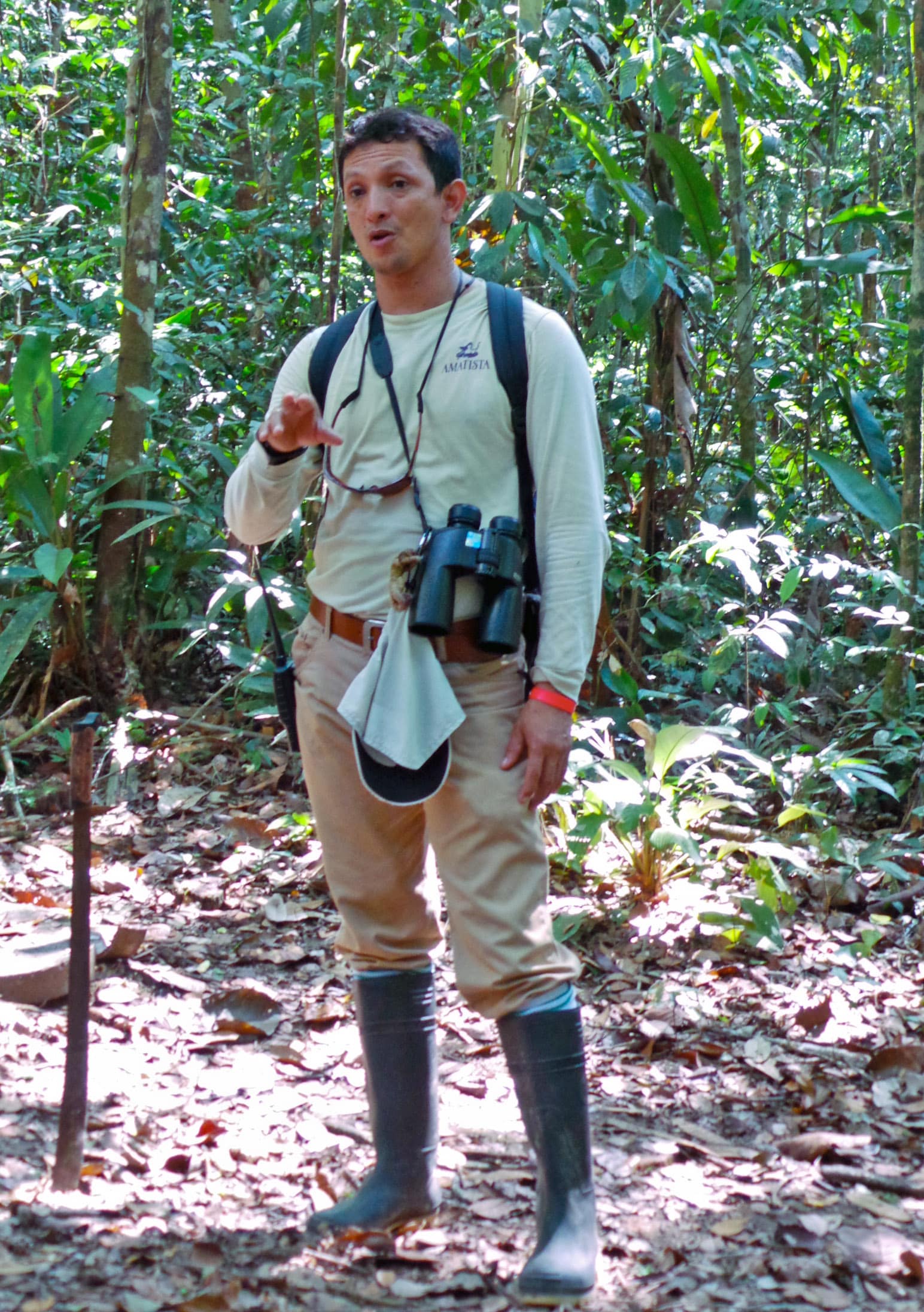
8. Proper clothes are essential
I can’t emphasize enough the importance of taking the proper clothes. It’s hot and humid in the Amazon, so bring clothes that will dry fast. Don’t take jeans. I did and regretted it. I switched to a light pair of convertible pants made of nylon. It’s not the greatest feeling material, but it wicks and stays relatively dry.
Because of the bugs, you’ll definitely want to wear long-sleeved shirts and long pants most of the time. It’s not that there were a lot of mosquitos on the trip; the problem is that the mosquitos in this neck of the woods can carry some nasty diseases, so you want to minimize the flesh available for them to snack on. T-shirts are generally cotton and they tend to hold in the sweat, so you might want to think about some light, synthetic long-sleeved shirts. You can’t take too many pairs of underwear.
9. Wi-Fi is unreliable at best
If you’re addicted to the internet, you’re in for some rough withdrawal; outside of Iquitos there isn’t any. Period. It took a while for people on our tour to believe it. They eventually gave up and left their phones in their cabins and learned to communicate face to face. It was probably a bigger adjustment than learning to cope in the jungle.

10. You should bring extra memory cards
The good news is that there is Wi-Fi in Iquitos. The bad news is that it’s really crappy. If you’re thinking of uploading all your pictures to the cloud each night to free up space on your camera, forget it. Make sure you have several memory cards for your camera. They aren’t expensive and they don’t take up space. I ended up having to give some of my spares to folks who were counting on the cloud.

11. Your camera may get foggy
If your accommodations are air-conditioned you’re likely to experience fogging problems with your camera. It can often take 15 minutes for a camera to acclimatize—which means you might miss that important shot of a boa slithering into the boat.
There are a couple of solutions: The best one is to find a secure place to store your camera where it won’t be subject to air-conditioning. Another solution is to store your camera in a sealed ziplock bag (put it in before you bring it into the air-conditioned room). If you can throw in a few of those packets of silica gel or desiccants, so much the better.
12. Power is 220 V
Power is 220 V in Peru so make sure your electronics are happy with that. Most are, but some older ones aren’t and you’ll smoke the power supply (I’ve done it). US and Canadian plugs fit into the wall without adapters so you won’t need to bring those.
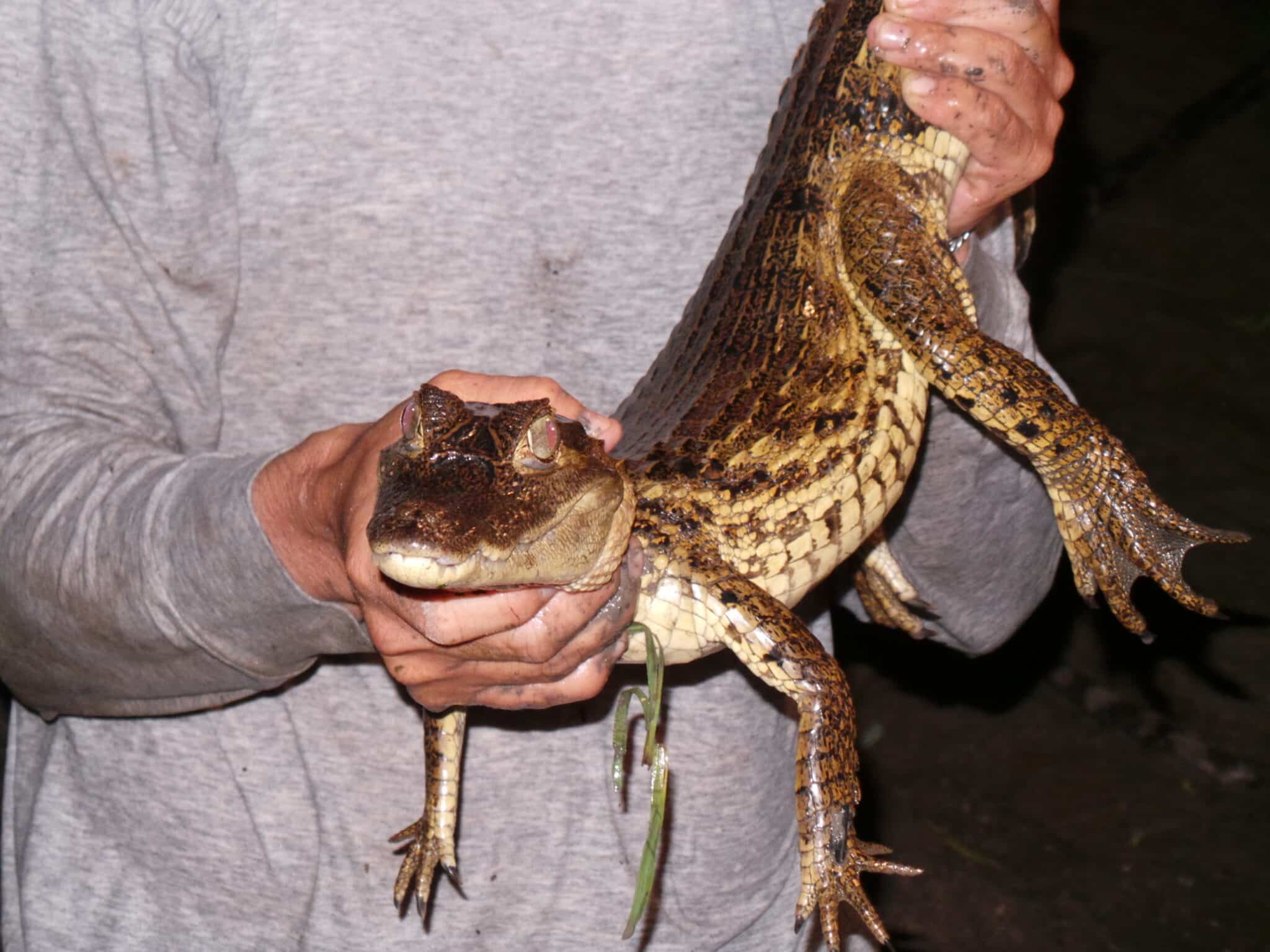
13. You may not see many animals
If you’re expecting to see a lot of animals on the trip, you’re going to be disappointed. The Amazon is not like the Galapagos Islands or Africa where you practically trip over animals. That said, we did come across one boa, several sloths, a couple of troops of monkeys, and a smallish caiman during our week on the river—which is par for the course—so keep your expectations modest and you won’t be disappointed. The exception is birds; if you’re a birder, you’ll be in heaven.
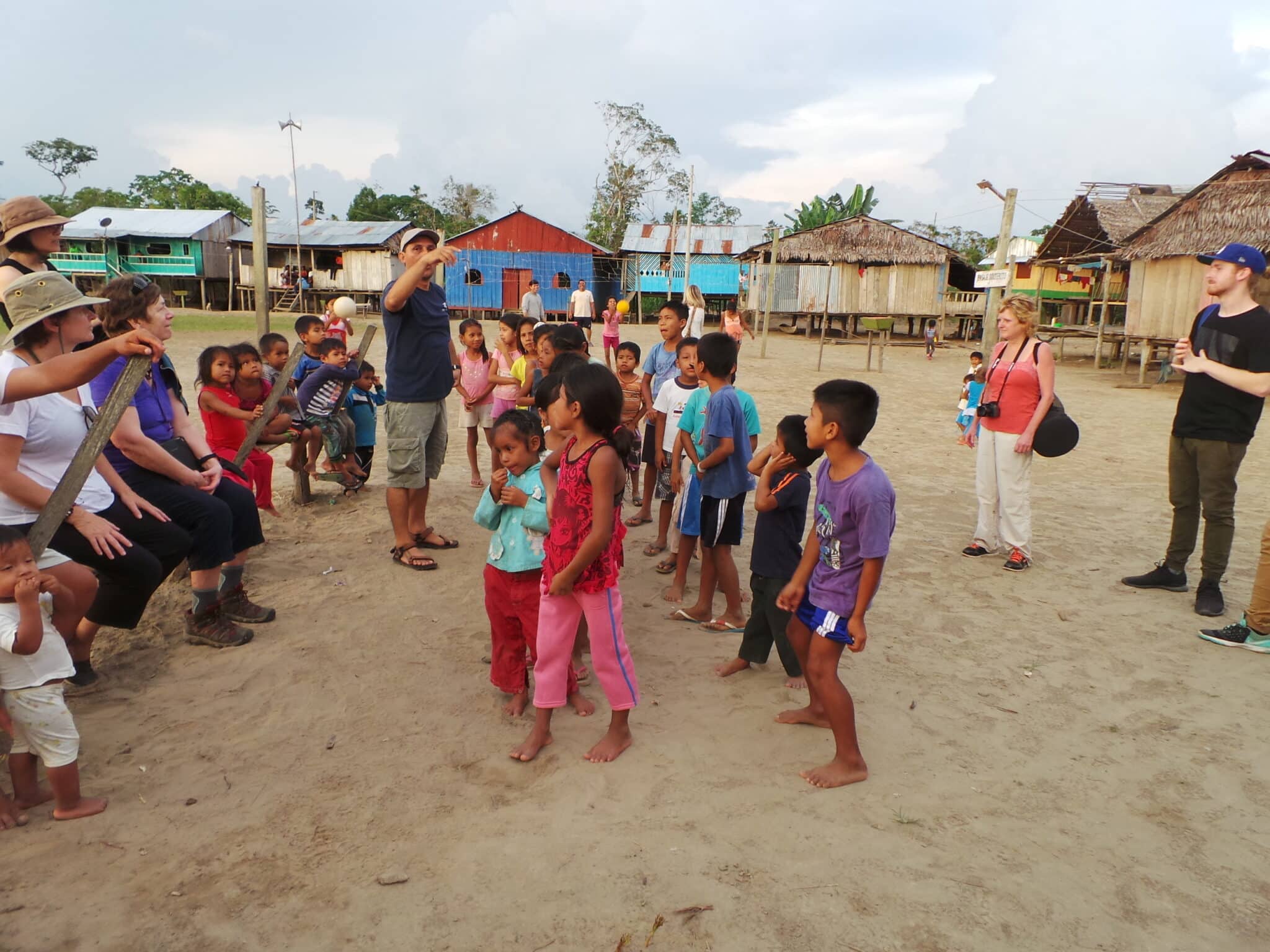
14. You should be prepared for Spanish
Most of the front-line tourist related people you’ll encounter can converse in English. Beyond that, you’ll need to use some Spanish. Remember that talking English loud doesn’t automatically turn it into Spanish.
If you can’t speak any Spanish all is not lost. Google Translate will come to your aid. Make sure you use the “offline” option before you leave so you can use it if (when) there’s no internet connection. There’s a conversation mode that lets you pass the phone back and forth. It’s not elegant, but it will get you by. Google Translate also has a camera option. If there’s a Spanish sign or menu you don’t understand, Google Translate will translate it for you.

15. Driving can be dangerous
Finally, the most dangerous thing you’ll encounter is not snakes, piranhas or even deadly spiders. It’s the Peruvian driver—particularly in Lima. It makes the traffic in some Asian cities look tame. You have to pay attention as a pedestrian in Lima. Crosswalks and stop signs are totally ignored. If you walk around with your nose in your smartphone, your life expectancy will be about three minutes.
If you want to know what not to do on the trip, visit my blog grobetrotting.com and see why I was voted “Chief Troublemaker and Pot-Stirrer” on the trip. Hopefully you’ll find the blog as funny as Johnny does.
For more on trips with G Adventures to the Peruvian Amazon and beyond, visit gadventures.com.





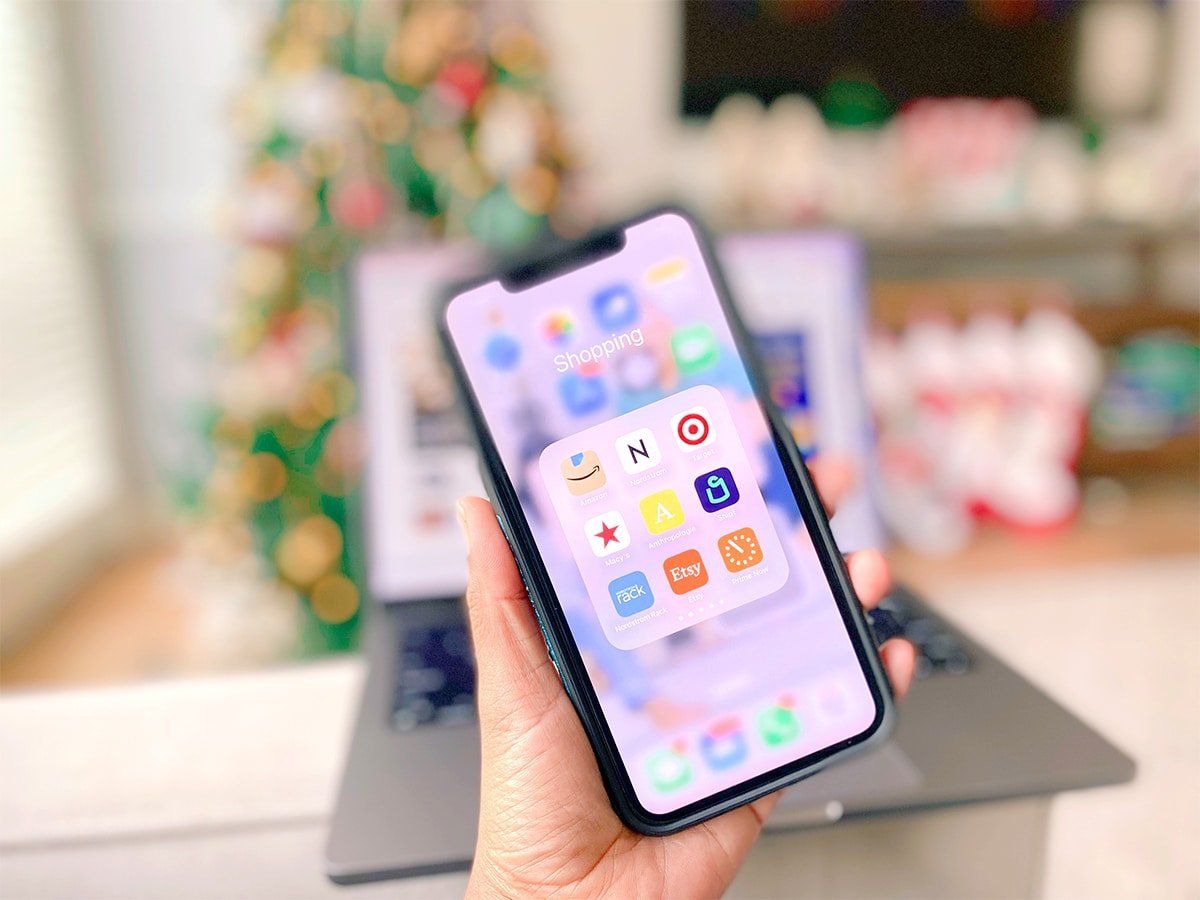

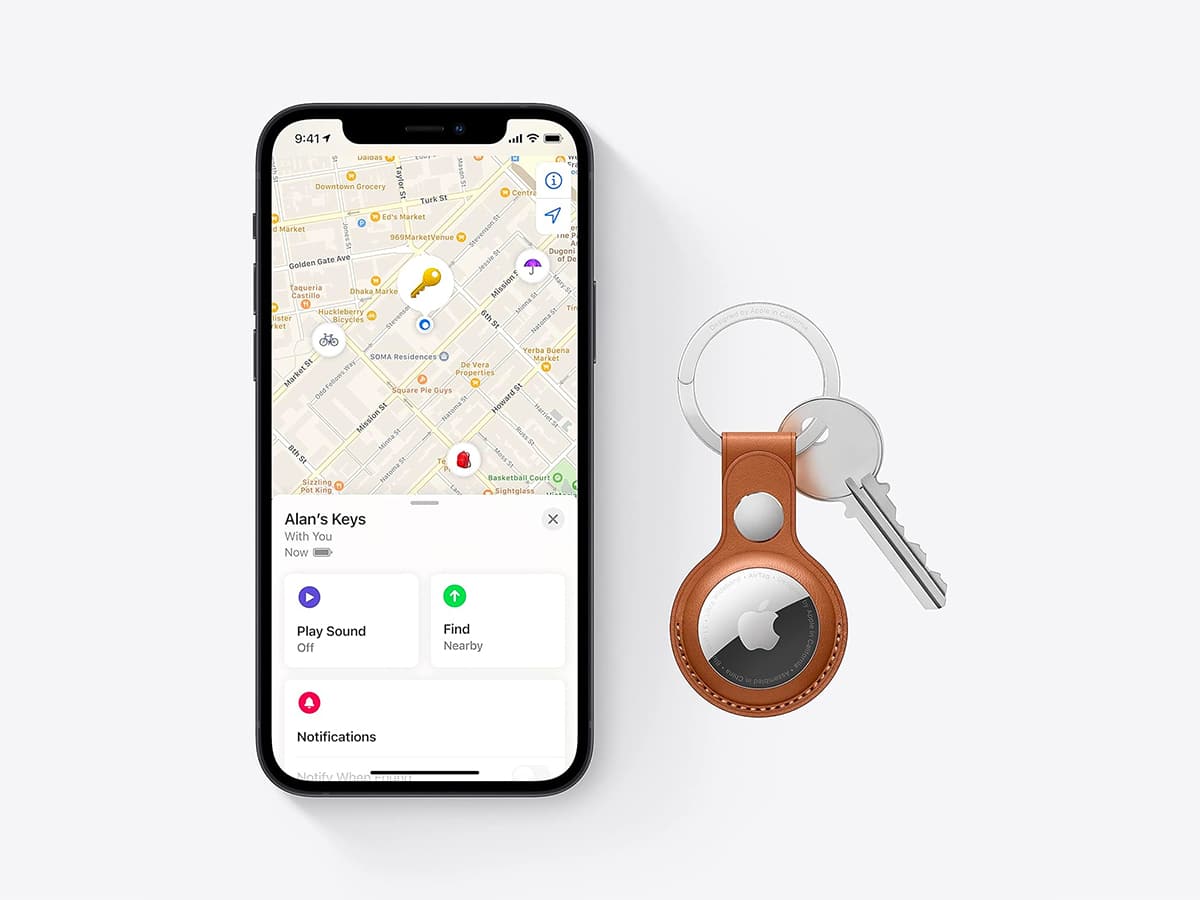
The vaccination tip is priceless… the torn money tip is awesome… actually the whole article was on point! I had been thinking about the Peruvian Amazon for 2017-2018, so this was really helpful. Thank you.
Thanks for the great info! Looking forward to more updates on this.